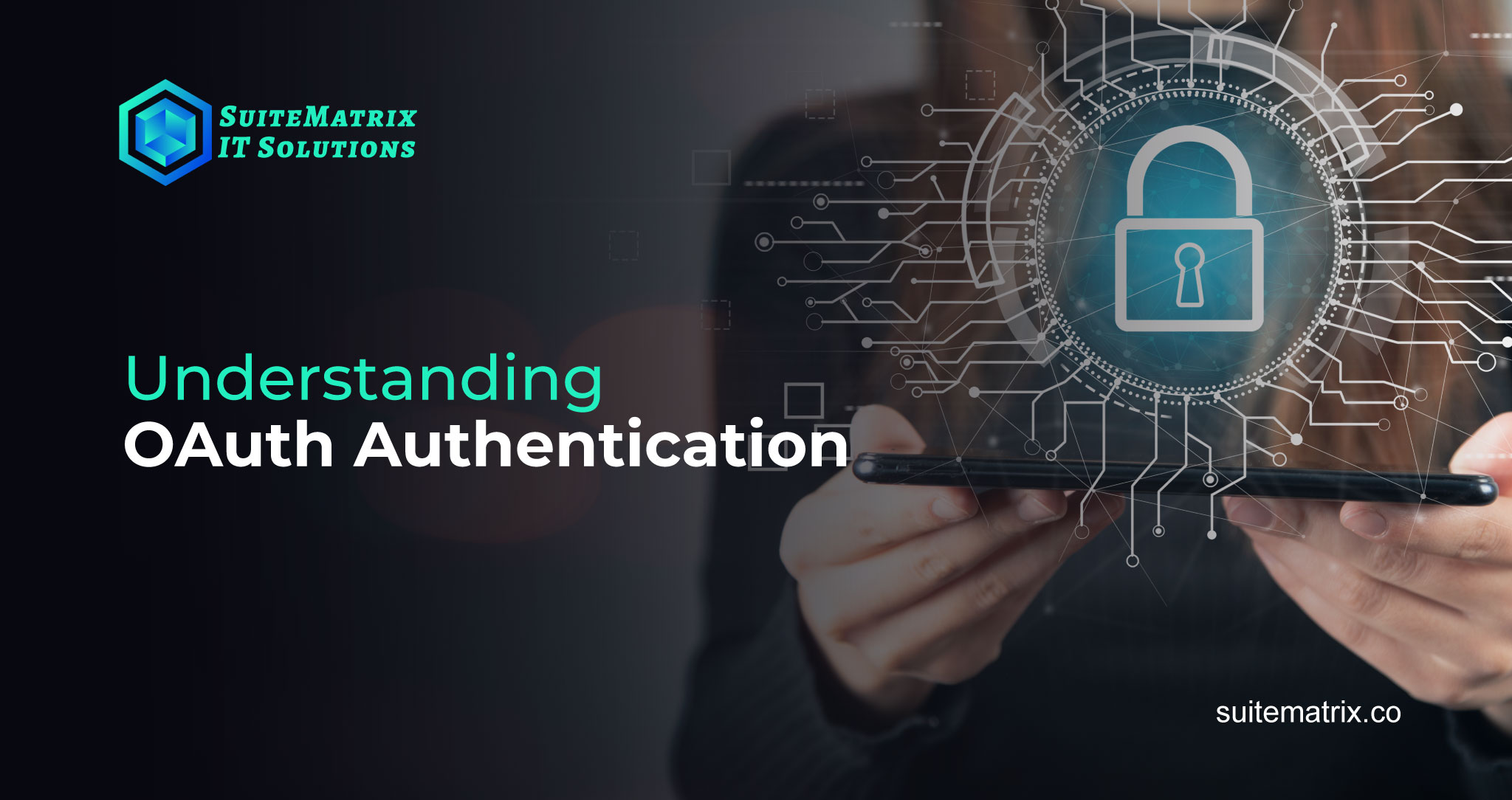Authentication technology grants system access by verifying whether a user’s credentials align with those stored in an authorized user database or authentication server. Its primary purpose is to safeguard systems, processes, and enterprise data. Different types of authentications include password-based, token-based, OAuth, biometric, Multi-Factor Authentication (MFA), and Single Sign-On (SSO).
OAuth Authentication
OAuth (Open Authorization) is a prevalent authentication protocol developed to ensure secure resource access. It enables an application to operate on behalf of a user without requiring knowledge of the user’s credentials. The two types of Authentications are OAuth 1.0 and OAuth 2.0.
OAuth 1.0
OAuth 1.0 is widely used for NetSuite integration with external systems. NetSuite’s OAuth 1.0 adheres to the authorization flow of the original OAuth protocol, granting user permission for an application to access their data. The application initiates this process by acquiring an access token, allowing it to interact with and manage the user’s data.
Advantages
- OAuth 1.0 offers security features such as message integrity and cryptographic signatures, which safeguard the authenticity and integrity of data exchanges between clients and servers. It remains independent of any transport mechanism, thus offering flexibility and adaptability.
- Every message transmitted between the client and server undergoes individual cryptographic signing, guaranteeing that each message’s authenticity and integrity can be verified separately.
Disadvantages
- OAuth 1.0 faces limitations in effectively supporting non-browser-based application clients, which can present integration hurdles. Its implementation can be complex due to the management of shared secrets and a lack of distinct role separation.
- Access tokens issued in OAuth 1.0 are susceptible to prolonged storage and usage, heightening the risk of unauthorized access if not carefully managed, thereby exposing potential security vulnerabilities.
OAuth 2.0
OAuth 2.0 stands as a robust and secure framework empowering various applications to interact securely with one another on behalf of users without the need to exchange sensitive credentials. NetSuite supports OAuth 2.0, a formidable authorization framework enabling client applications to access NetSuite via REST web services, REST lets, and Suite Analytics Connect using a token. This approach eradicates the necessity for NetSuite integration to retain user credentials.
Advantages
- OAuth 2.0 tackles challenges by introducing a variety of authorization flows tailored to diverse client requirements, eliminating the necessity for web UIs. Additionally, it streamlines the process by reducing the frequency of signature generation for each API call.
- Enhanced security by incorporating expiration times into access tokens, mitigating the risk of unauthorized access. Moreover, it delineates the roles within the authentication process, enhancing understanding and minimizing ambiguity.
Disadvantages
- OAuth 2.0 access tokens are frequently transmitted via HTTP headers or included in URLs, which poses risks like token exposure through browser history, server logs, or insecure transmission channels.
- Users are required to specify the access requested based on scope. Subsequently, the resulting token permits the client application to access only the approved scope. However, in certain instances, it may be feasible for an attacker to enhance an access token with additional permissions. The method for accomplishing this varies depending on the grant type.
OAuth 1.0 vs OAuth 2.0
OAuth 2.0 offers advantages over OAuth 1.0, making it the preferred choice for new application development. Its straightforward implementation, devoid of complex cryptographic demands, and its support for non-browser applications render it both easy and efficient to adopt.
Conclusion
To conclude, OAuth authentication plays a crucial role in maintaining the security of our systems. While OAuth 1.0 offers robust compatibility and strength, OAuth 2.0 is simpler and more versatile across various application types. The choice between them hinges on what aligns best with your requirements. A thorough understanding of these differences is essential for making decisions regarding safeguarding our data.


